Recently I’ve been learning a ton by looking into the photography of William Eggleston. He’s a famous and popular one, who I personally have also been reading into for years. However, I believe myself, like many others, don’t really understand why or how his work… well, works.
I forgot how, but I stumbled upon a few photos he took in Japan. He did an exhibition in Kyoto a while back, using photos from both Kyoto and Paris side by side. It stuck with me, and I kept on thinking about the photos for weeks.
Exhibition book I bought after I couldn’t get the images out of my head. Very hard to find.
Just like most of his work, it makes you wonder— even hope, that there’s more to it. There’s a factor of mystery to it, but a subtle mystery. Not like a “Midsommar” type mystery where it hints on shit hitting the fence, but more of a Lynchian mystery from the opening scene of Blue velvet. It’s a bright and colorful day in the midwest, and you’re looking for clues.
The fact is, after living in Japan my whole life and my shooting career centered around Japan, it’s hard to feel a sense of mystery. It’s your hometown. It’s hard to get excited about it. But Eggleston’s photos from Kyoto made me second guess my preconceptions of what I deemed “photographable”.
Candid photos of colors. There are no human subjects- but does it matter?
For his photos, it almost seems like location does not matter. From my understanding the photos act like a pure close up of colors. Something I have been working on these recent years, but not as “boldly” executed as this.
It dawned on me how “close” he gets to his frames. When we think of photographs that are “close” in candid street photography, we think of somebody like Bruce Gilden, being in your face to human subjects. We never really consider how close photographers get to non-human subjects. This is another way of cleaning up the frame in dense urban environments, and helps so much especially if your focus is about color.
Looking into his more popular work after learning this, I noticed how tight his frames are. Even with his more roadtrip-like photographs, there is a sense of closeness to them. The subjects aren’t too far. There are no human beings in the background— usually in the midground at the furthest. There might be a car or two in the foreground. He also has an incredible number of photographs that are closeups of objects that show bold color contrasts.
From Paris.
It’s liberating to see the work of photographers that aren’t fussy about what the subjects are. It doesn’t need to be people. It doesn’t need to be a beautiful landscape. It doesn’t need to be a decisive moment all the time.
I think this will be a good hint for my photographic journey next year.

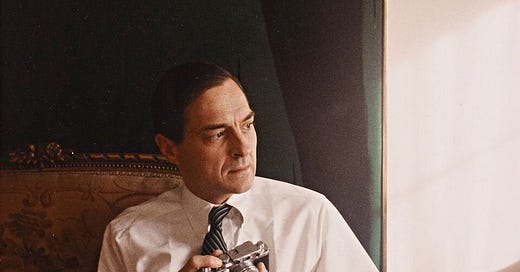



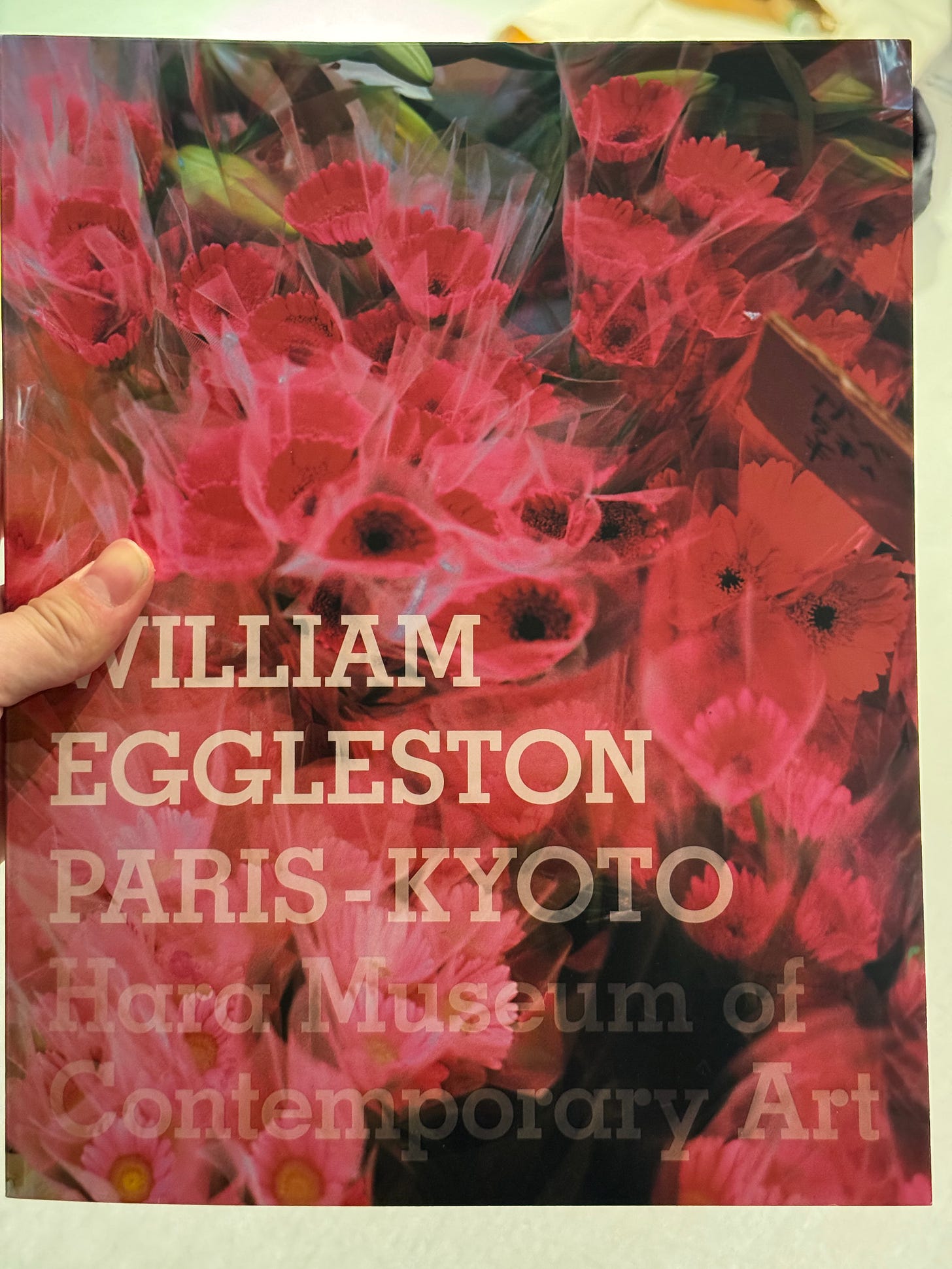
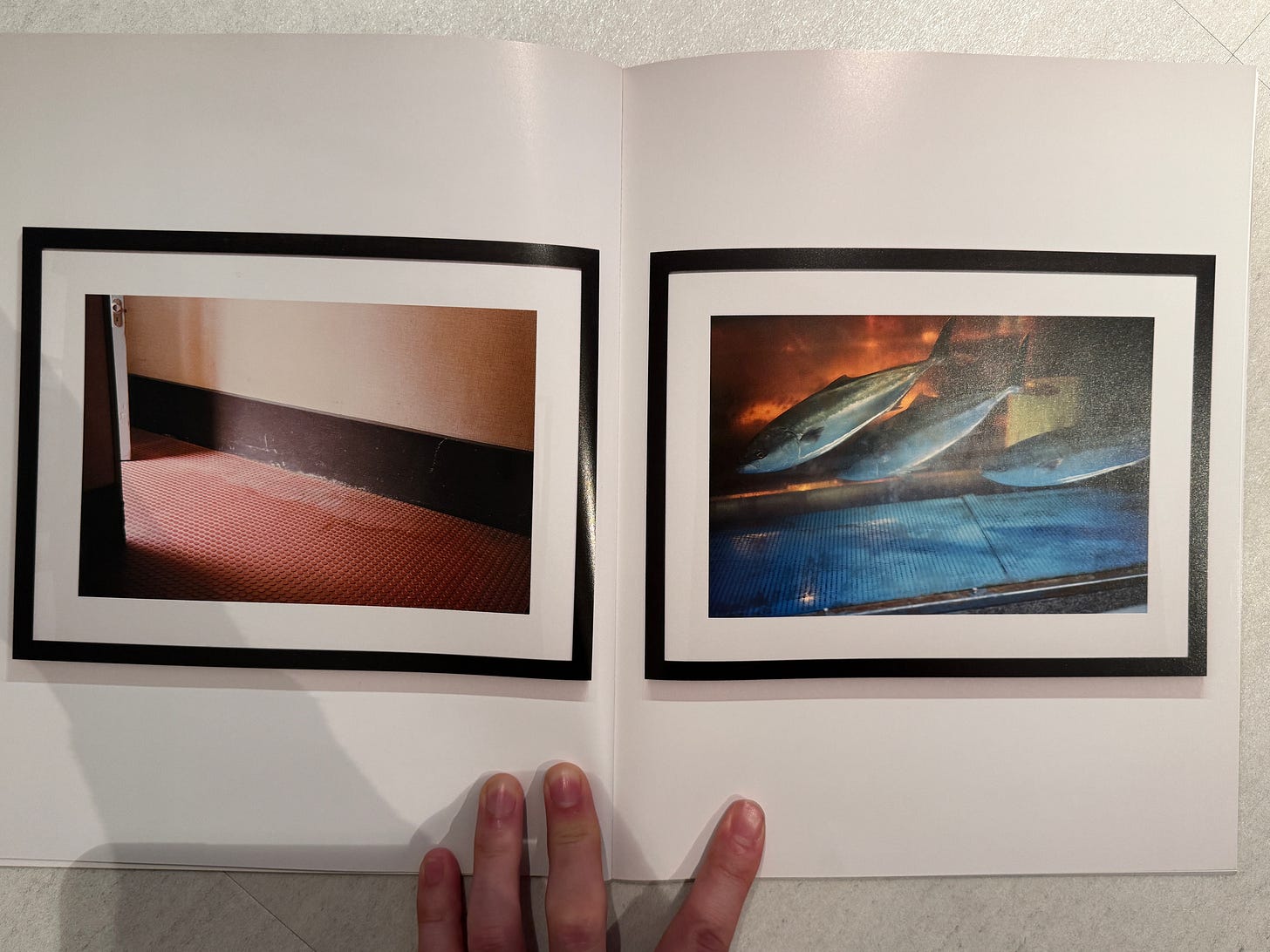
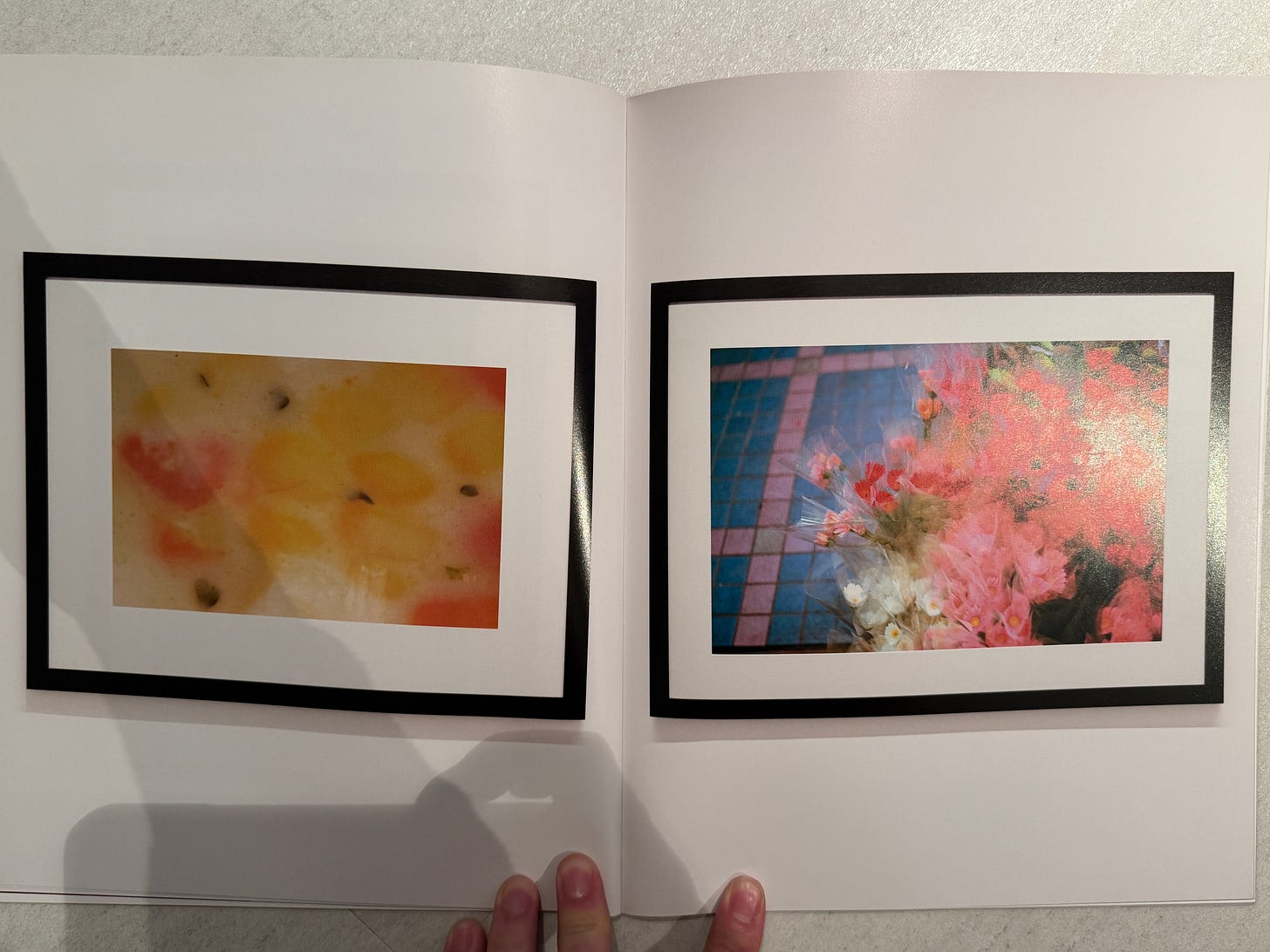
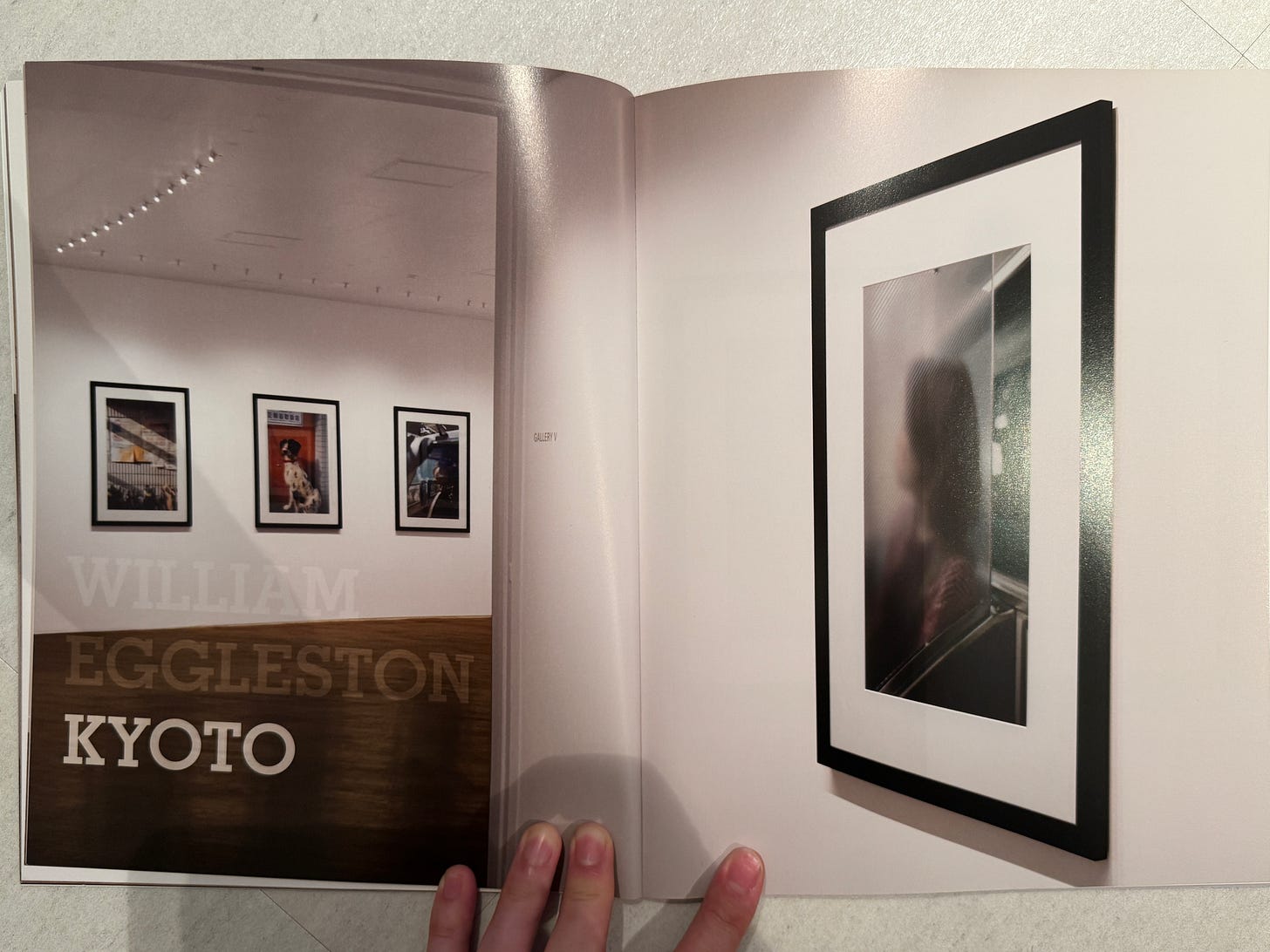
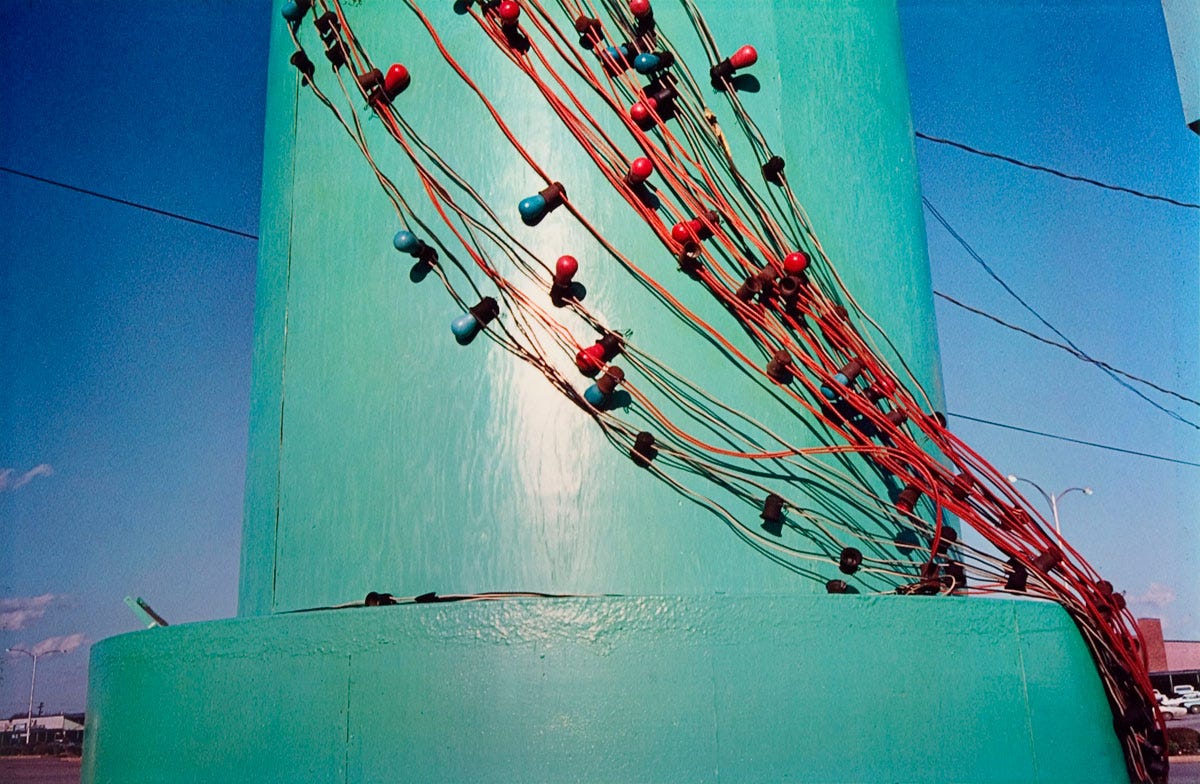
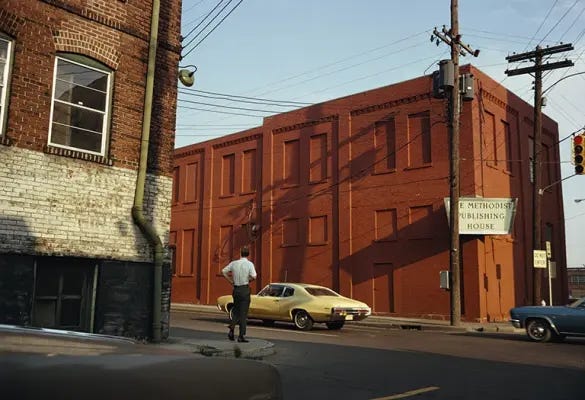
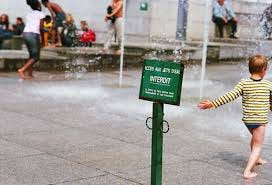
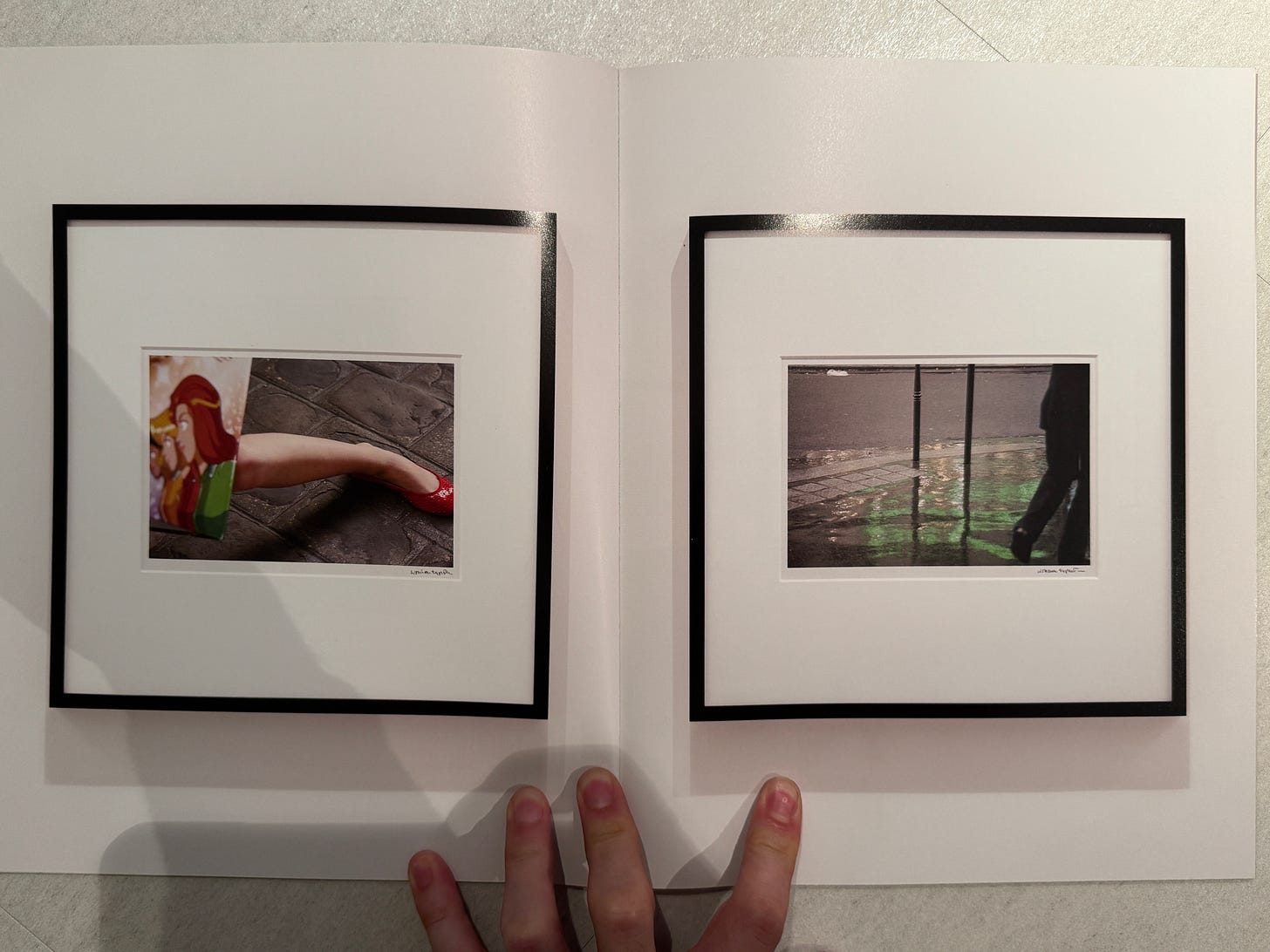
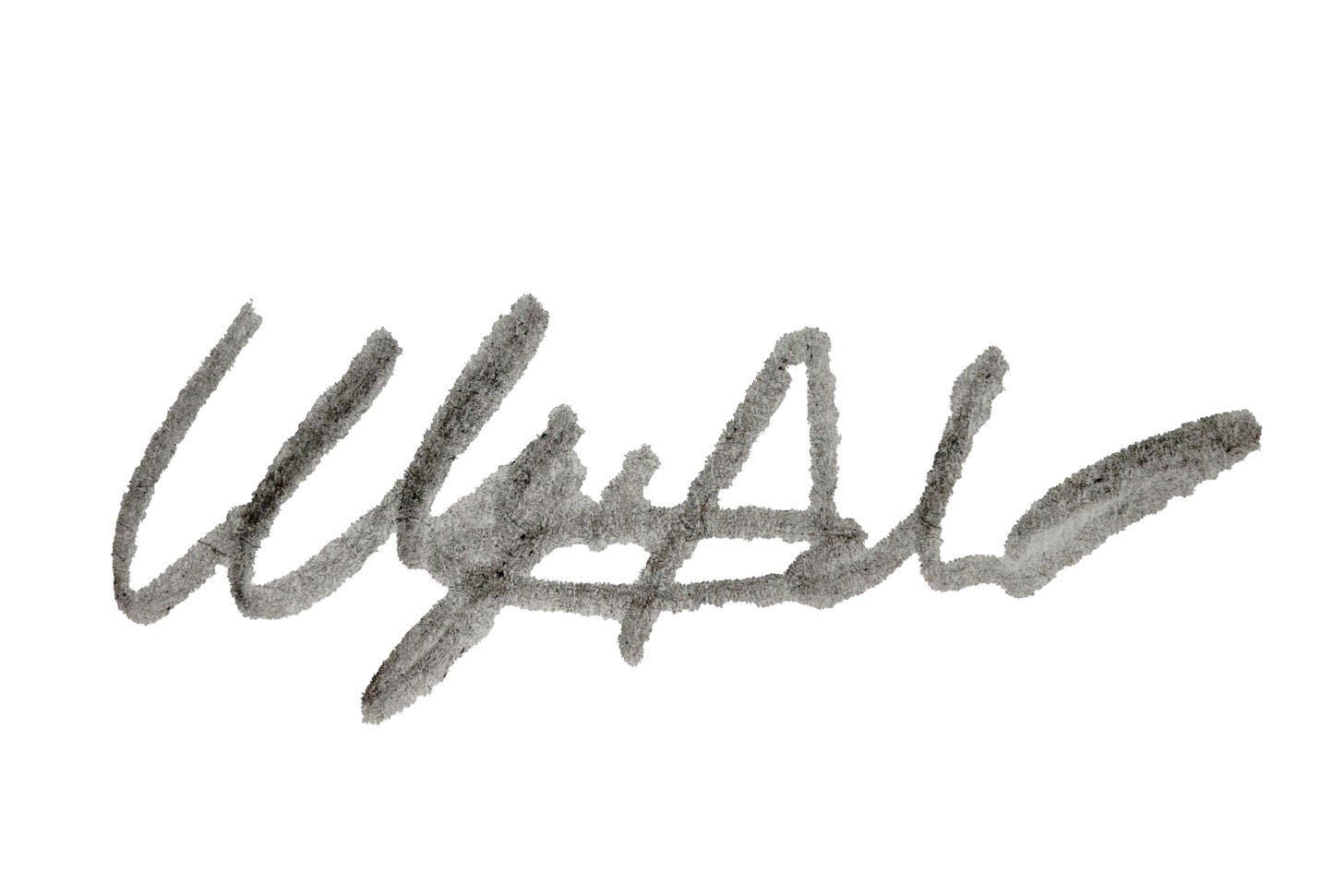
Just a different sets of “skill” if you will taking pictures of animated (people) object or inanimate objects. Like how Edward Hopper’s famous painting can make all the human subjects in it feel so lifeless. Like you said, perspective matters.